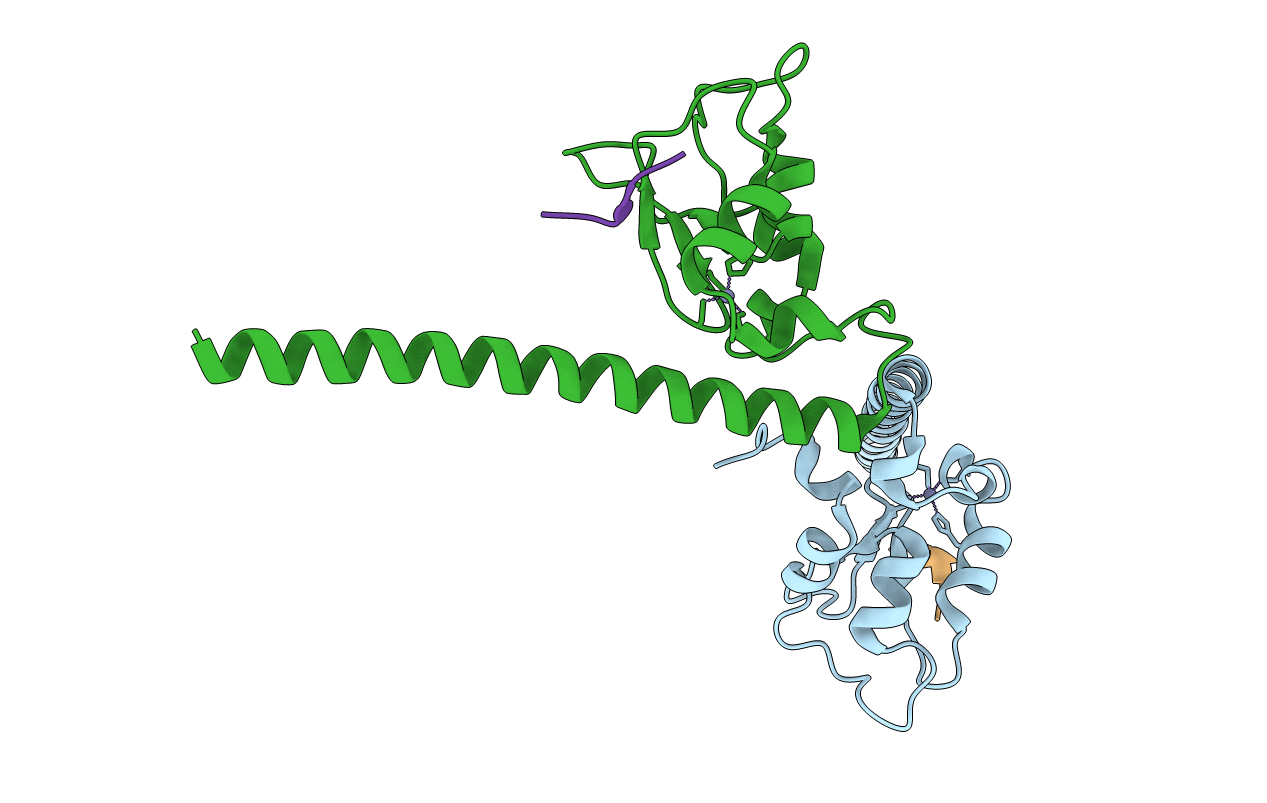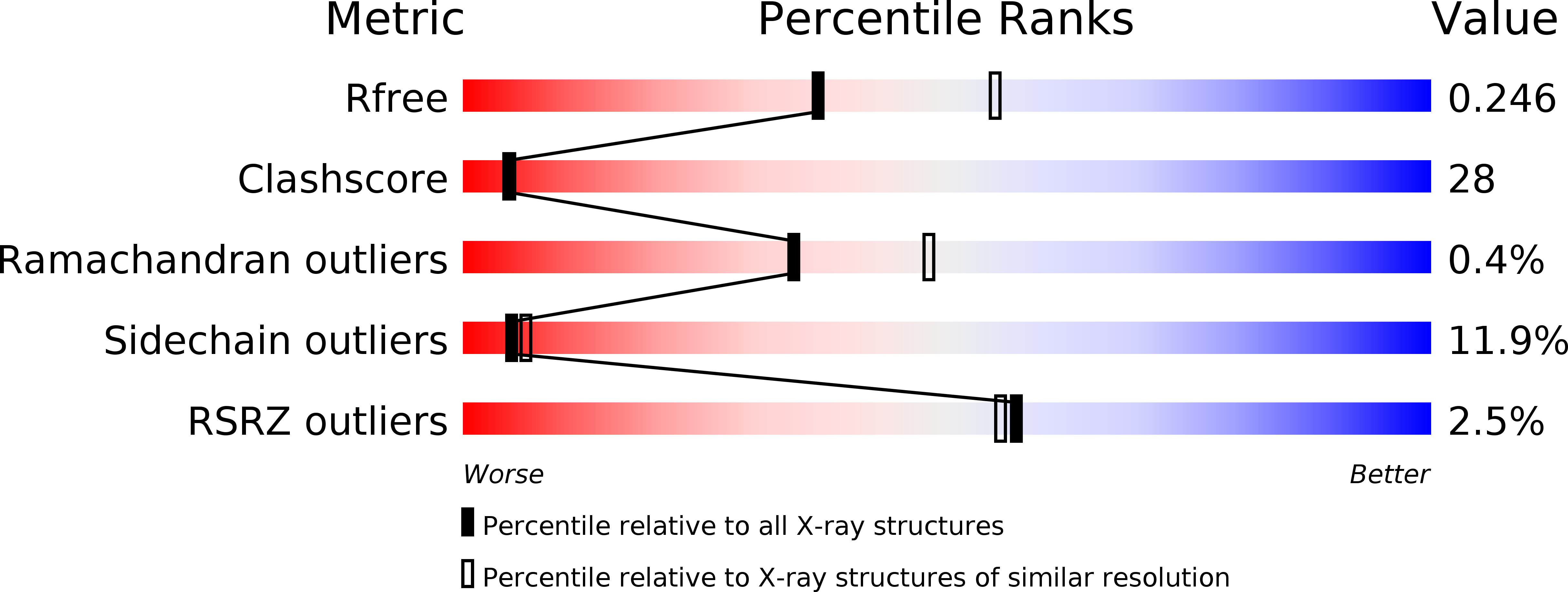
Deposition Date
2011-11-04
Release Date
2012-02-01
Last Version Date
2024-10-09
Entry Detail
PDB ID:
3UIG
Keywords:
Title:
crystal structure of human Survivin in complex with T3 phosphorylated H3(1-15) peptide
Biological Source:
Source Organism:
Homo sapiens (Taxon ID: 9606)
Host Organism:
Method Details:
Experimental Method:
Resolution:
2.40 Å
R-Value Free:
0.25
R-Value Work:
0.21
R-Value Observed:
0.21
Space Group:
C 1 2 1


